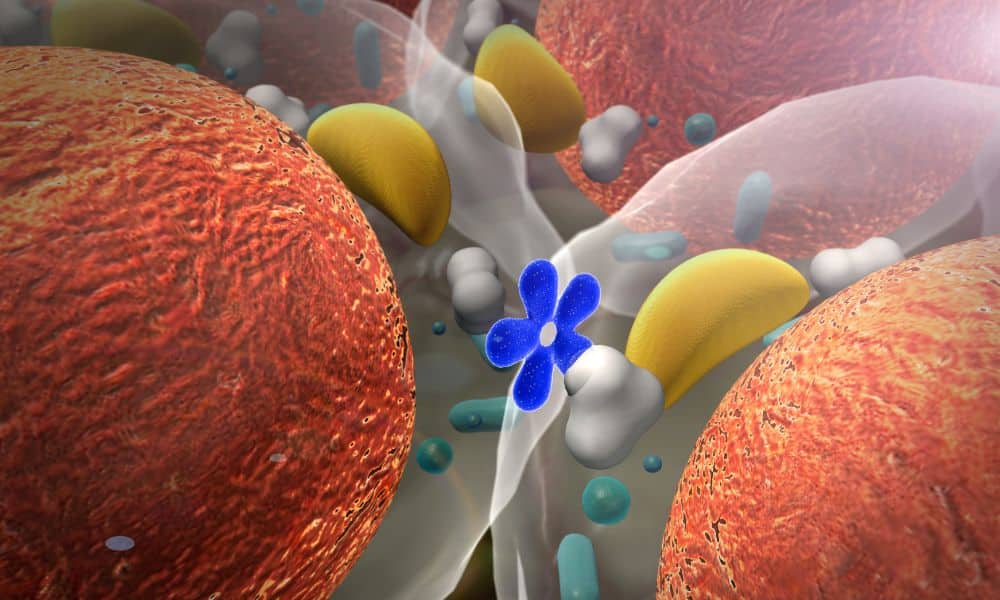High-volume training is often associated with muscle growth, but did you know it can also be an effective method for fat loss? By increasing the number of repetitions and sets in your workout, you can boost your calorie burn and accelerate fat loss. This article will guide you on how to use high-volume training to reach your weight-loss goals.
What is High-Volume Training, and How Does It Work?
High-volume training involves performing more repetitions and sets compared to traditional training programs. Instead of doing three sets of 8-10 reps, a high-volume workout may involve five sets of 15-20 reps. The increased volume requires more energy, leading to greater calorie expenditure and enhanced fat-burning potential.
- Definition: Performing a higher number of repetitions and sets in each workout.
- Mechanism: Increases the workload and time under tension, leading to greater energy expenditure.
Why High-Volume Training is Effective for Burning Calories
When you engage in high-volume workouts, you increase the work your muscles do, raising your heart rate and stimulating your metabolism. This boost in metabolic rate continues even after the workout, promoting a phenomenon known as the “afterburn effect” or excess post-exercise oxygen consumption (EPOC). As a result, your body continues to burn calories at a higher rate for hours after you finish training.
- Benefits: Increases total calorie burn, elevates heart rate, and stimulates metabolism.
- Afterburn Effect: The body continues to burn calories at an elevated rate post-exercise.
The Science Behind Volume and Metabolic Stress
High-volume training places significant metabolic stress on the muscles, which forces the body to adapt by burning more energy. The accumulation of lactic acid during high-rep sets stimulates the release of growth hormone, which helps in muscle repair and accelerates fat metabolism. Combining metabolic stress and mechanical tension makes high-volume training a powerful fat-loss tool.
- Metabolic Stress: Occurs when muscles work under fatigue, leading to increased calorie burn.
- Growth Hormone Release: Supports fat metabolism and muscle repair.
How to Design a High-Volume Workout Routine for Fat Loss
When creating a high-volume training program, focusing on exercises that target multiple muscle groups is important. Compound exercises such as squats, lunges, and bench presses should be prioritized, as they burn more calories and engage more muscles than isolation movements. Aim for 4-5 sets of 15-20 reps per exercise, with minimal rest between sets to keep the heart rate elevated.
- Key Exercises: Squats, deadlifts, bench presses, lunges, push-ups.
- Volume Guidelines: 4-5 sets of 15-20 reps, with 30-60 seconds of rest between sets.
Mistakes to Avoid When Doing High-Volume Training
While high-volume training is effective for fat loss, it can also be demanding on the body. It is crucial to avoid common mistakes to prevent injury and ensure optimal results:
- Skipping Warm-Ups: Properly warming up before high-volume workouts is essential to prepare your muscles and joints.
- Using Heavy Weights: Focus on moderate weights to complete the prescribed reps with good form.
- Neglecting Recovery: High-volume training can be taxing, so ensure adequate rest between sessions.
Conclusion
High-volume training is an effective and efficient way to burn fat and lose weight. Increasing the number of repetitions and sets can maximize calorie expenditure, stimulate your metabolism, and accelerate fat loss. For best results, incorporate compound exercises, avoid common mistakes, and listen to your body for proper recovery.




